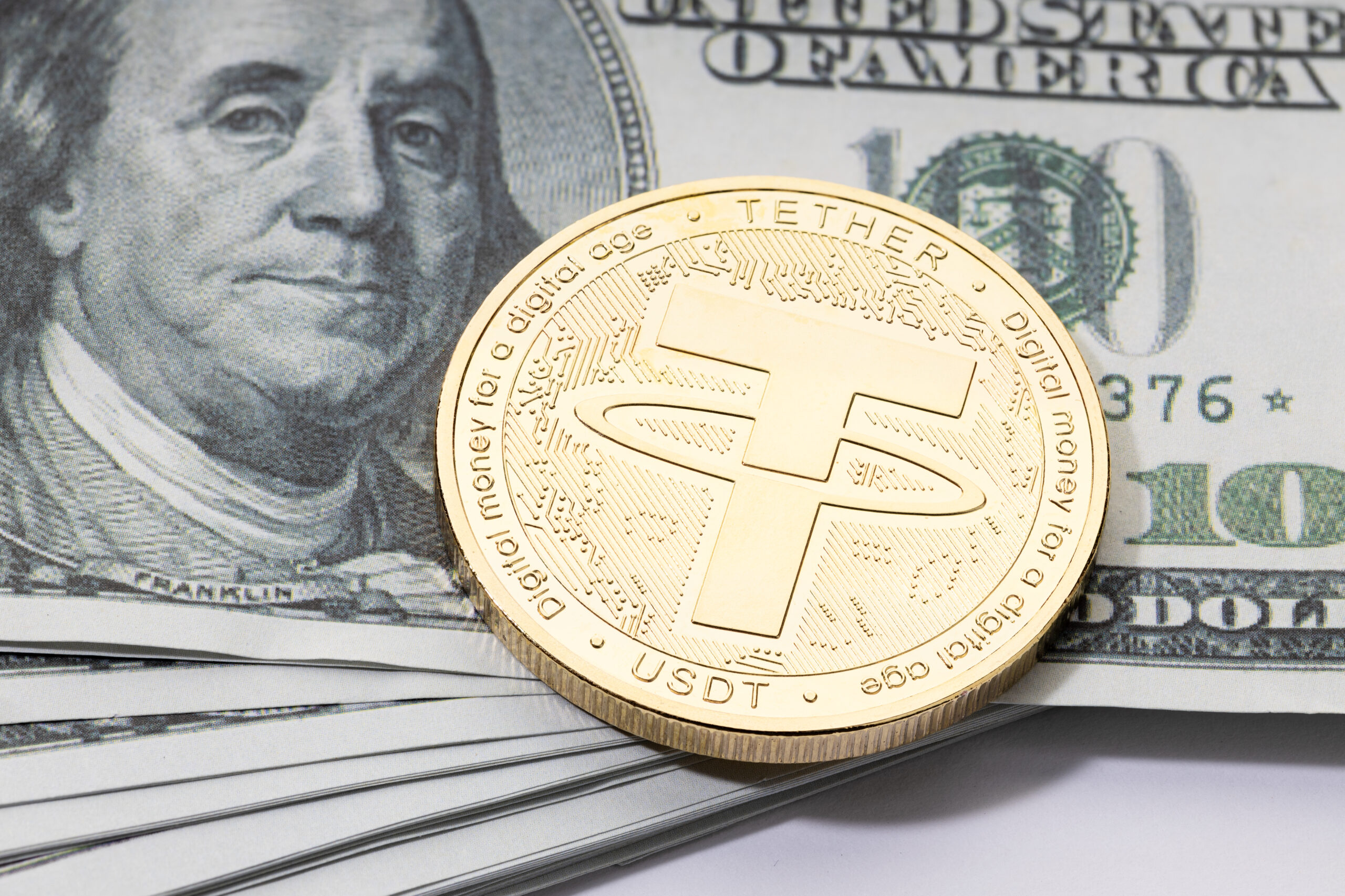
Brad Garlinghouse, the CEO of Ripple, recently expressed his concerns about the United States government’s actions towards Tether, the issuer of the world’s largest stablecoin by market capitalization, USDT. His comments were made during a May 10 episode of the World Class podcast, sparking discussions about the potential implications for the crypto market.
Context and Concerns
Garlinghouse’s assertion that the U.S. government is “going after” Tether reflects a growing tension between regulators and major players in the cryptocurrency space. This observation comes amidst Ripple’s plans to launch its own stablecoin in 2024, positioning the company both as a competitor and a keen observer of the regulatory landscape.
Historical Scrutiny of Tether
Tether Holdings, the parent entity behind USDT, has been under scrutiny for several reasons:
- Regulatory Attention: Tether has attracted attention from U.S. lawmakers and regulators concerning its operations and the transparency of its reserve holdings. In October 2023, prominent U.S. figures urged the Department of Justice to evaluate the extent of Tether’s operations in potentially sensitive areas.
- Legal Challenges: The company has faced allegations regarding the concealment of crypto-linked funds and the adequacy of its reserves. A significant incident was in October 2021 when Tether settled with the Commodity Futures Trading Commission for $41 million over misrepresentations about its fiat reserves.
- Audit and Transparency Issues: Despite criticisms, Tether has made efforts to improve transparency by publishing quarterly audits. However, the effectiveness and thoroughness of these disclosures have been topics of debate within the financial community.
Amid these developments, Ripple is preparing to introduce a U.S. dollar stablecoin that promises robust backing through dollar deposits, short-term government securities, and other cash equivalents. This move could position Ripple as a significant player in the stablecoin market, potentially setting new standards for transparency and regulatory compliance.
Garlinghouse’s remarks underscore the precariousness of regulatory impacts on the crypto market. The potential U.S. action against Tether, while not specified, could have wide-reaching effects on market dynamics and investor sentiment.
Expert Opinions
Financial analysts and crypto experts are closely monitoring the situation. Many agree that a balanced regulatory approach is crucial to fostering innovation while protecting investors. The uncertainty surrounding Tether’s situation illustrates the challenges and complexities of regulating a rapidly evolving digital asset landscape.
As Ripple gears up to launch its stablecoin, the crypto community remains vigilant about the developments involving Tether. The outcome of the U.S. government’s scrutiny could set precedents that might reshape the regulatory framework for stablecoins and other digital assets. The ongoing narrative will likely influence investment strategies and the broader financial technology sector.
- For Crypto Firms: Enhancing transparency and compliance with regulatory frameworks is crucial.
- For Investors: Keeping abreast of regulatory developments and understanding their implications is vital for informed decision-making.
- For Regulators: Balancing oversight with support for innovation is key to the healthy evolution of the crypto market.
Featured image credit: formatoriginal via Freepik
